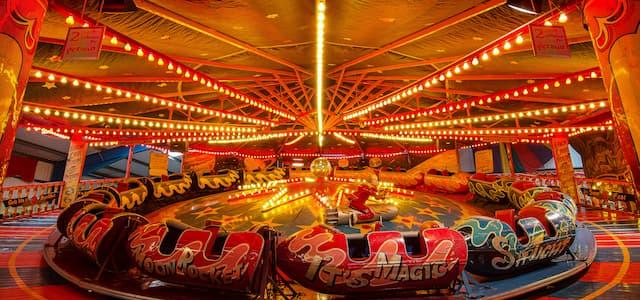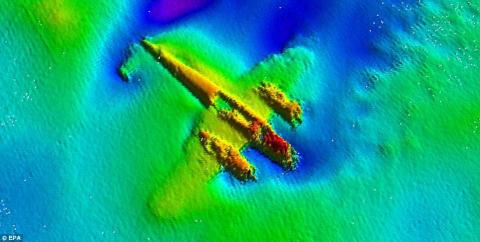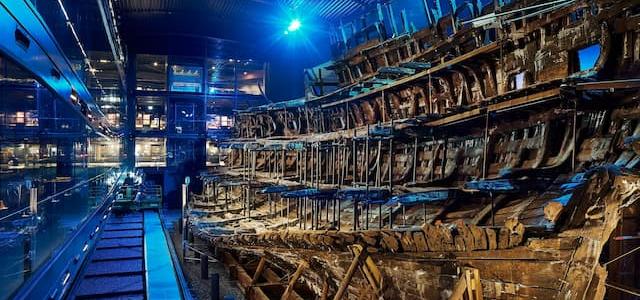
Rescue of last Second World War Dornier Do 17 bomber from the sea begins
National Heritage Memorial Fund steps in with vital grant to enable lift to commence.

Today, the Royal Air Force Museum is pleased to announce the start of a ground-breaking operation to raise from the English Channel the last surviving Dornier Do 17, an historic Second World War German Bomber shot down 72 years ago during the Battle of Britain.
The operation will see the retrieval of what is the only known survivor of the Luftwaffe’s 'flying pencil' bomber from the Goodwin Sands, off the coast of Kent where it crash-landed in 1940. Using pioneering techniques, it will take approximately three weeks to complete the lift which has been made possible thanks to a grant of over £345,000 from the National Heritage Memorial Fund (NHMF).
The aircraft is the only known example of its kind in the world and was spotted by divers in 2008. After sonar scans conducted by the museum, Wessex Archaeology and the Port of London Authority the identity was confirmed as Dornier Do 17Z Werke nr. 1160 (aircraft history below).
The aircraft is in remarkable condition – considering the events surrounding its loss and the effects of spending so many years under water. Other than the effects of sea life such as barnacles, corral and marine life, it is largely intact. The main undercarriage tyres remain inflated and the propellers clearly show the damage inflicted during the bomber’s final landing.
The project to raise the aircraft is a complex, complicated and extremely delicate project which needs to be undertaken within a given timeframe due to weather and tide conditions. This is the biggest recovery of its kind in British waters.
Air Vice-Marshal Peter Dye, Director General of the RAF Museum, said: "The discovery and recovery of the Dornier is of national and international importance. The aircraft is a unique and unprecedented survivor from the Battle of Britain and the Blitz. It will provide an evocative and moving exhibit that will allow the museum to present the wider story of the Battle of Britain and highlight the sacrifices made by the young men of both air forces and from many nations. It is a project that has reconciliation and remembrance at its heart."
Culture Minister, Ed Vaizey, said: "Today marks the beginning of an exciting project to raise the last surviving Dornier Do 17 Bomber from the English Channel. I'm delighted that the RAF Museum and the National Heritage Memorial Fund have joined forces to make this project possible and I know that it will be a tremendous addition to the museum’s collection, where it will serve to educate and entertain all who visit."
Dame Jenny Abramsky, Chair of NHMF, said: "This is incredibly exciting news. The Battle of Britain remains one of the most pivotal moments in the history of our country. The Dornier Do 17 was one of its main protagonists and therefore Trustees at the National Heritage Memorial Fund felt it was vital that this, the last known surviving example, be safeguarded. NHMF was set up to save our most precious heritage as a permanent memorial to those who have given their lives for this country. I'm personally looking forward to seeing her in her new home in Hendon, where she will remain for future generations to see and learn from."
Once risen, work to conserve and prepare the Dornier for display will be undertaken at the Michael Beetham Conservation centre – the RAF Museum’s award-winning conservation centre at Cosford. Here the Dornier will be placed in two hydration tunnels and soaked in citric acid for the first stage of its conservation.
Once the lengthy and delicate conservation process is complete the aircraft will be displayed at the museum’s London site within the context of the Battle of Britain story. The aircraft display will also be supplemented by an education centre which will offer a wealth of educational resources for primary, secondary and 16+ pupils.
Notes to editors
Aircraft history (copyright RAF Museum):
DORNIER Do 17Z Werke nr. 1160 – Built as a Do 17Z-2, with two supercharged Bramo 'Fafnir' 323P-1 nine-cylinder radial engines; the ultimate, and most numerous, model of the Do 17 produced.
Mon 26 Aug 1940 – part of a formation despatched to bomb Debden and Hornchurch airfields. Seven aircraft of the Staffel started to bomb an aerodrome. Accounts of its loss vary from source to source; The original PoW Interrogation Report states that before reaching the target, when flying above clouds this aircraft seemingly became separated from the rest of the formation and lost its bearings. It was attacked by fighters, probably one of the recently-arrived RAF Hornchurch, Essex-based Boulton Paul Defiants of No.264 Squadron RAF led by Flt Lt Banham (with their forward base at RAF Manston, Kent) which hit both engines and the cockpit as one of at least one –or up to six, as again published accounts vary - Dorniers brought down by the Defiants, who lost three of their number to defending Bf109s. At around 13.40 hours the aircraft force-landed on Goodwin Sands off the eastern Kentish coast at low tide. Of the four crew, two (Wounded Pilot Feldwebel Willi Effmert, and Bomb Aimer Uffz Hermann Ritzel) became prisoners-of-war in Canada and two (27-year old Wireless Operator Unteroffizier Helmut Reinhardt and 21-year old Bomb aimer Gefreiter Heinz Huhn) were killed, their bodies being recovered later and buried in Holland and the UK (Cannock Chase German cemetery) respectively.
Sep 2008 – Following probable recent exposure by shifting sands, wreck located at a depth of some 16m / 50ft and a high-resolution side-scan sonar and magnetometer survey was made (following original discovery by recreational diver Mr Bob Peacock who reported the find) by Wessex Archaeology on behalf of English Heritage. The aircraft is lying inverted and largely complete on a bed of chalk on Goodwin Sands, with a small debris field around it. Mr. Peacock indicated the wreck was first reported to him c2004 by a fisherman who had apparently snagged his nets on it c2000 / 2001. Starboard tailplane, port rudder, tail fairing cone and tailwheel assembly, flap assemblies, engine cowlings, forward nose glazing and bomb bay and undercarriage doors missing, though both the main undercarriage units remain retracted and in place. Other items including at least two of the original six 7.92mm MG 15 machine guns removed during unauthorised dives by ‘sport’ divers since 2008.
20 May 2009 – Further Sidescan geophysical sonar survey of area including the Do 17 wreck by Wessex Archaeology on behalf of English Heritage, confirming the continued presence and good condition of the aircraft.
2 / 3 Jun 2010 – Diving Survey (two dives on consecutive days) of aircraft undertaken in conjunction with Wessex Archaeology Ltd. A few small corroded components were recovered from the vicinity of the aircraft. A further two dives made later.
May 2013 – Work begins to lift the aircraft from the shallows off the Kent coast.
This is the only known substantially intact Dornier Do-17. A few components from other machines survive, including the rudder, spinner and propeller blade displayed in the Battle of Britain Hall at Hendon.
Aircraft history researched by Andrew Simpson, Museum Curator. Copyright RAF Museum
Further information
RAF Museum: contact for further information, images and interviews on the Dornier project: 020 8358 4849, email: donrier@rafmuseum.org or from the online press pack.
National Heritage Memorial Fund: Natasha Ley on 020 7591 6143, email: natashal@hlf.org.uk.

